The Nhan Co Alumina Plant of Dak Nong Aluminum Company - TKV started operating in July 2017. Since its operation, the plant has made significant contributions to the locality, from the budget to job creation and social security.
In 2024 alone, Nhan Co Alumina Factory paid 541 billion VND to Dak Nong, equal to 17.6% of local budget revenue.
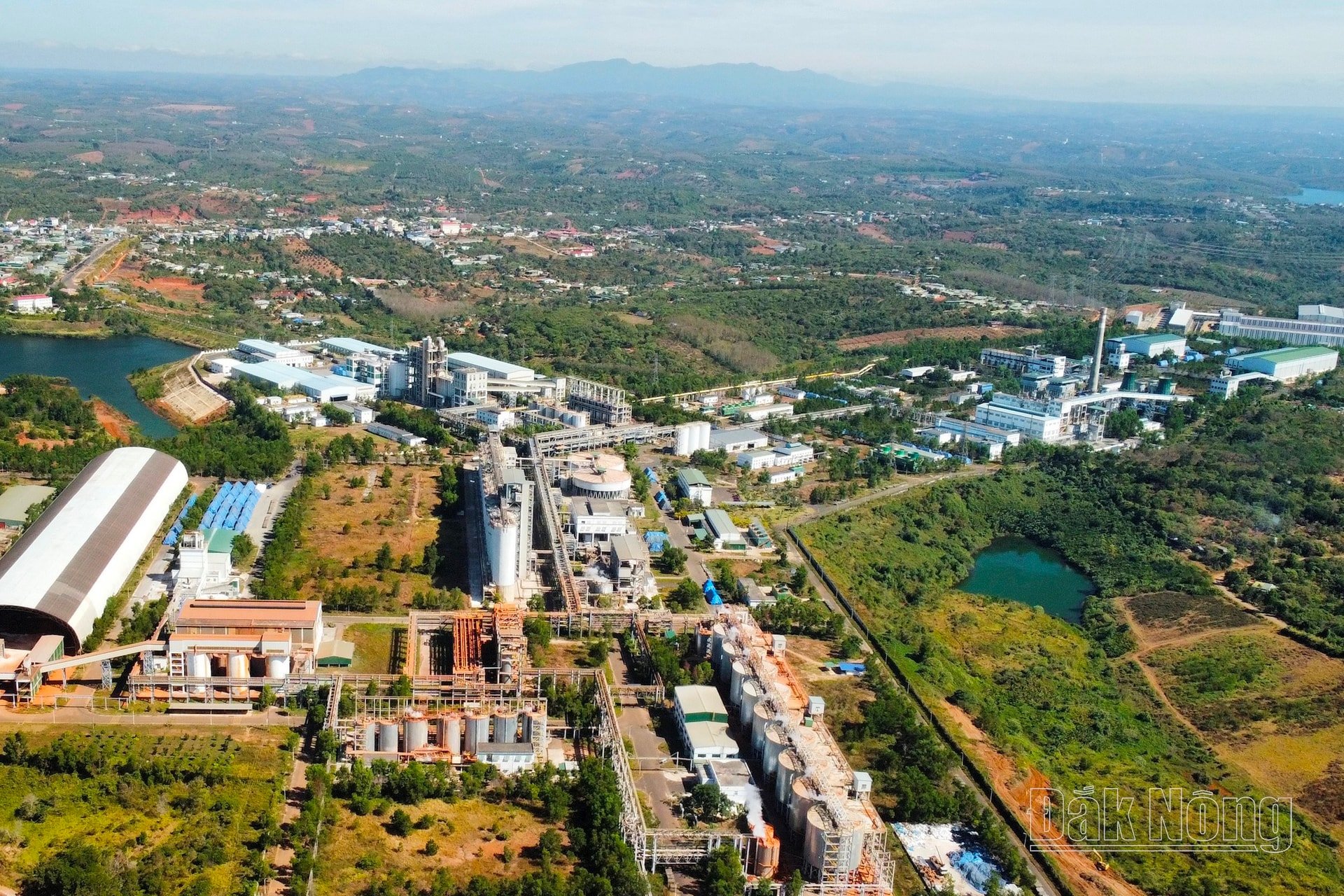
Alumina products from Nhan Co Alumina Plant are exported to other countries from Go Dau Port ( Dong Nai ) with a distance of about 240km. After bringing alumina to the port, these vehicles transport coal from the port back to the plant.
Every year, Nhan Co Alumina Plant transports about 700,000 tons of alumina and hydrate to the port and then transports about 300,000 tons of coal back. The number of specialized vehicles used is nearly 23,000 trips and the average cost is about 400 billion VND per year.
Two-way transportation of goods at TKV's Nhan Co Alumina Plant is carried out along the Ho Chi Minh Road - DT741 - QL51 route. Transportation costs are quite high, accounting for 3.5 - 4% of the consumption price of each ton of alumina, reducing the competitive cost of product consumption.

Furthermore, transportation has caused environmental pollution and greatly affected the traffic infrastructure, especially the Ho Chi Minh road. Because the freight routes are relatively narrow, passing through many residential areas and many winding passes and slopes, it leads to traffic congestion and is prone to accidents.
Currently, TKV has planned to expand and increase the capacity of the Nhan Co alumina complex (by 2029) to 2 million tons/year. TKV strives to invest in an additional Dak Nong 2 bauxite - alumina - aluminum complex with a capacity of 2 million tons of alumina and 0.5 million tons of aluminum per year before 2030.
It is expected that after 2030, when TKV completes its projects in Dak Nong, the annual alumina output will be about 6 times higher than at present. Revenue, budget payments, job creation and transportation costs will increase accordingly. Traffic pressure will also increase significantly.
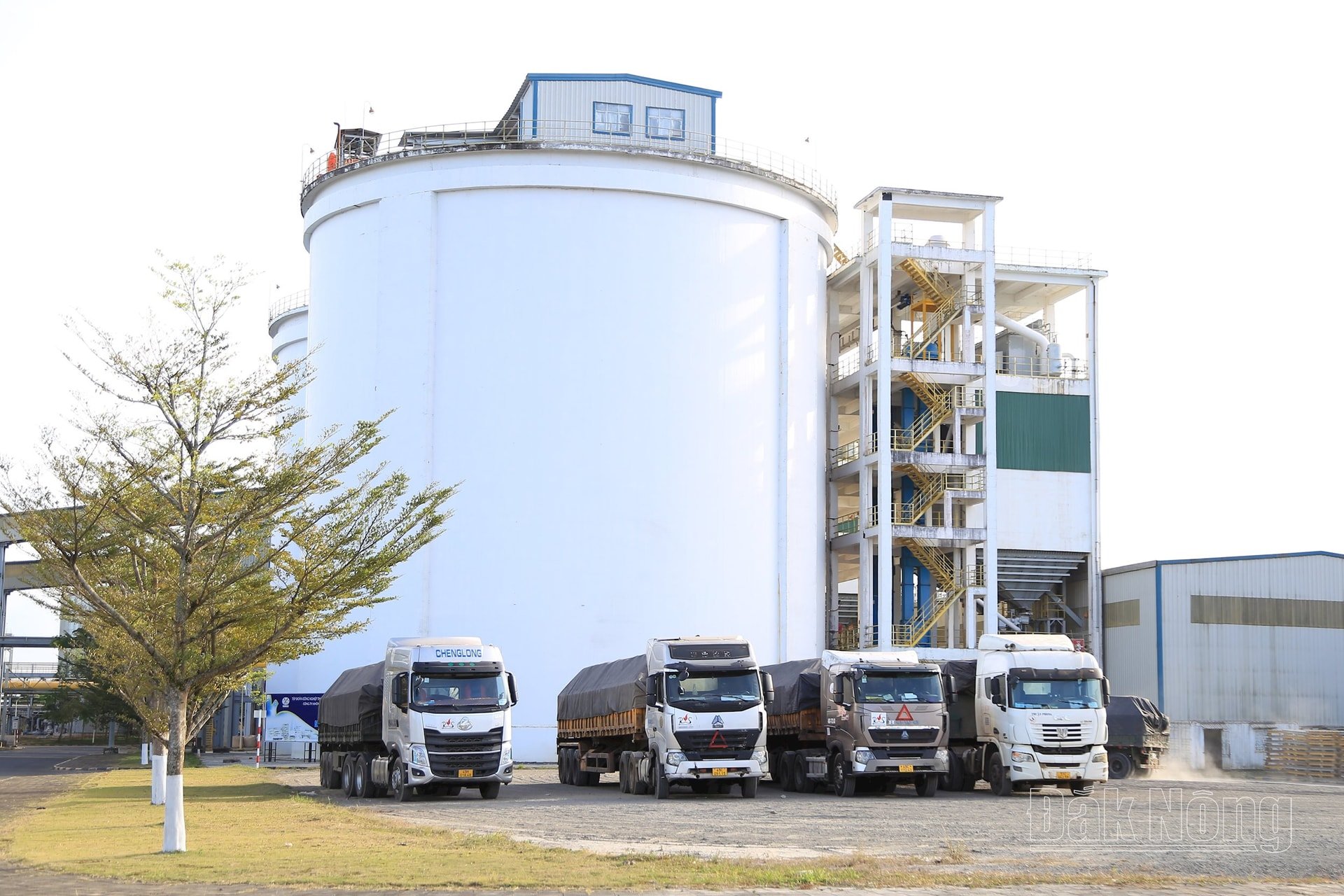
In the mineral planning for the period 2021 - 2030 approved by the Prime Minister, the total bauxite reserves in Dak Nong are nearly 1.8 billion tons, accounting for more than 57% of the country's reserves. The planning area in this period is about 179,600 hectares, accounting for 27% of the province's natural area.
According to the Dak Nong Provincial People's Committee, many domestic corporations have submitted proposals to exploit and process bauxite locally. The central government has planned to build four more bauxite mining and processing factories in Dak Nong with an investment of no less than 1 billion USD/factory. These projects awaken the potential, promote the bauxite mining industry, and create a breakthrough for the socio-economy.
However, the transportation system in the Central Highlands still has many limitations. In Dak Nong, there is only one mode of transportation: road. This is the "bottleneck" for socio-economic development.

To meet the development trend, Dak Nong proposed to promote investment in the railway connecting the Central Highlands region. In particular, the province proposed to prioritize research and investment in the Dak Nong - Chon Thanh railway to connect with the Trans-Asian railway to Thi Vai port. The province proposed to supplement the planning of the railway connecting Dak Nong - Lam Dong - Binh Thuan.
“The railways will help reduce pressure on road traffic. This is also the axis for transporting alumina, aluminum, aluminum products and other goods as well as the travel needs of people from Dak Nong to neighboring provinces,” the leader of Dak Nong Provincial People’s Committee analyzed.
Source: https://baodaknong.vn/cong-nghiep-bo-xit-va-yeu-cau-phat-trien-giao-thong-dak-nong-huong-ra-bien-248728.html



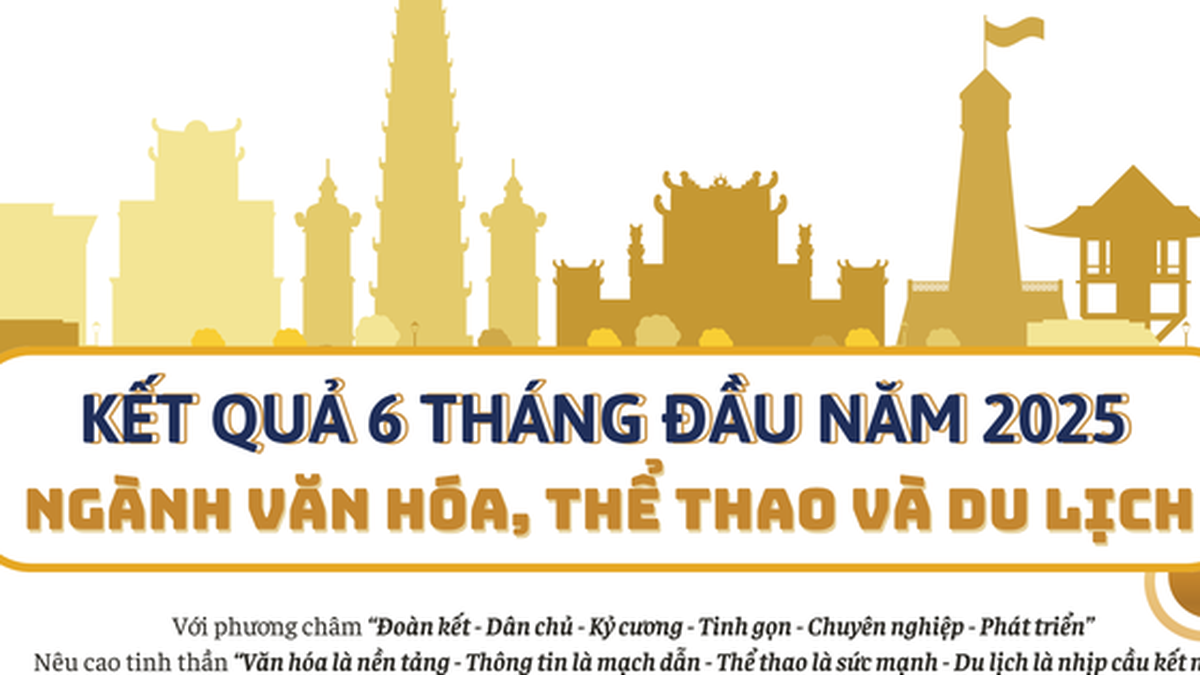

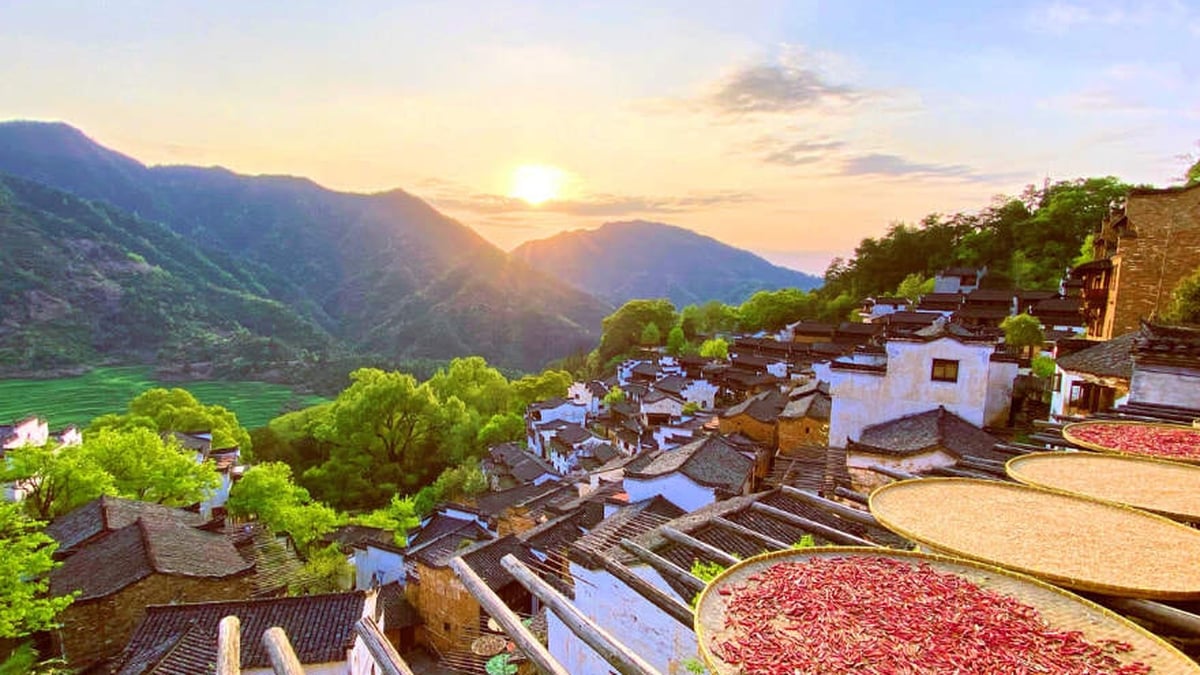



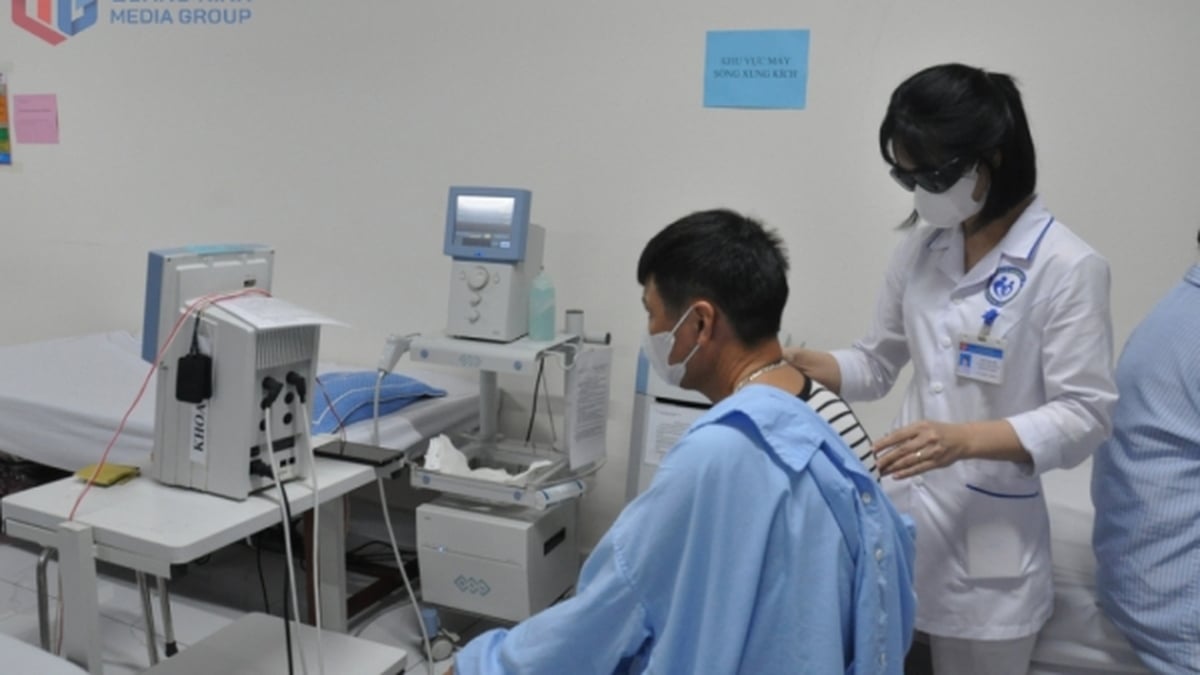
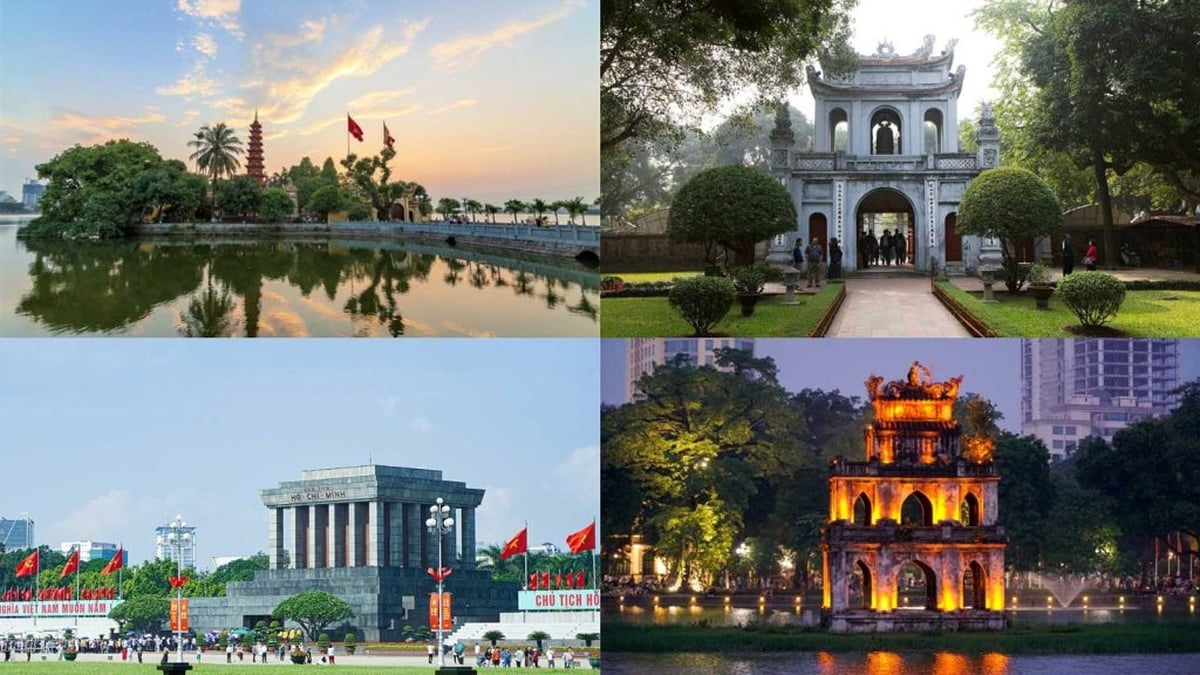











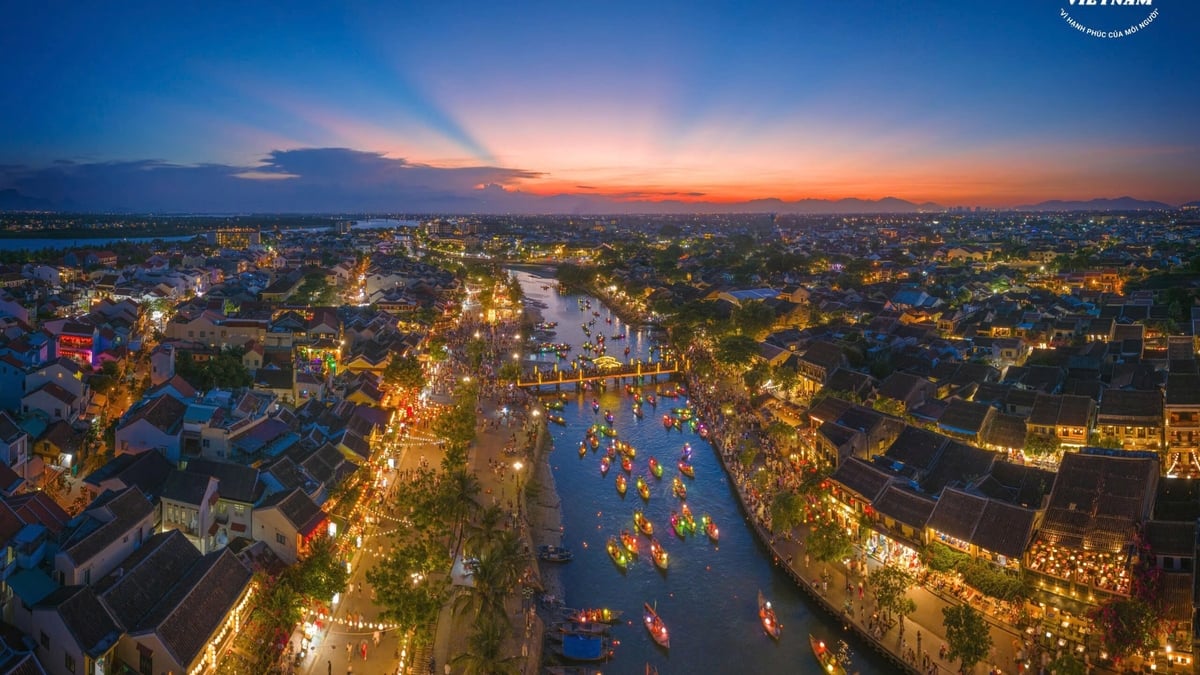


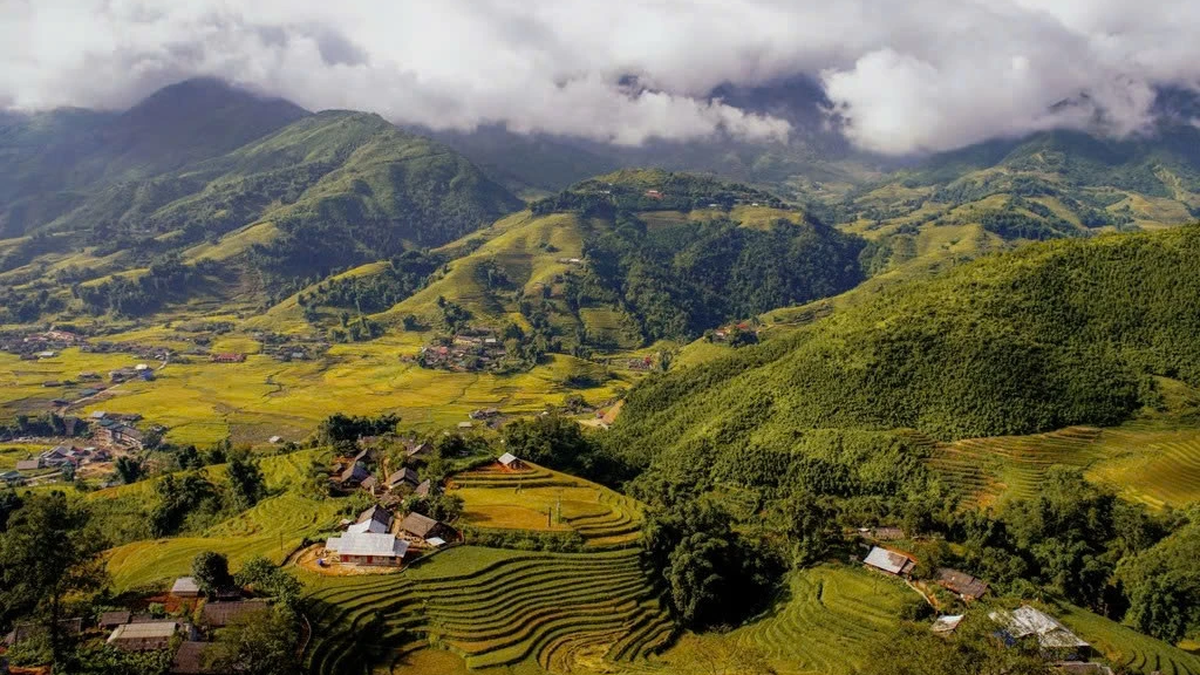


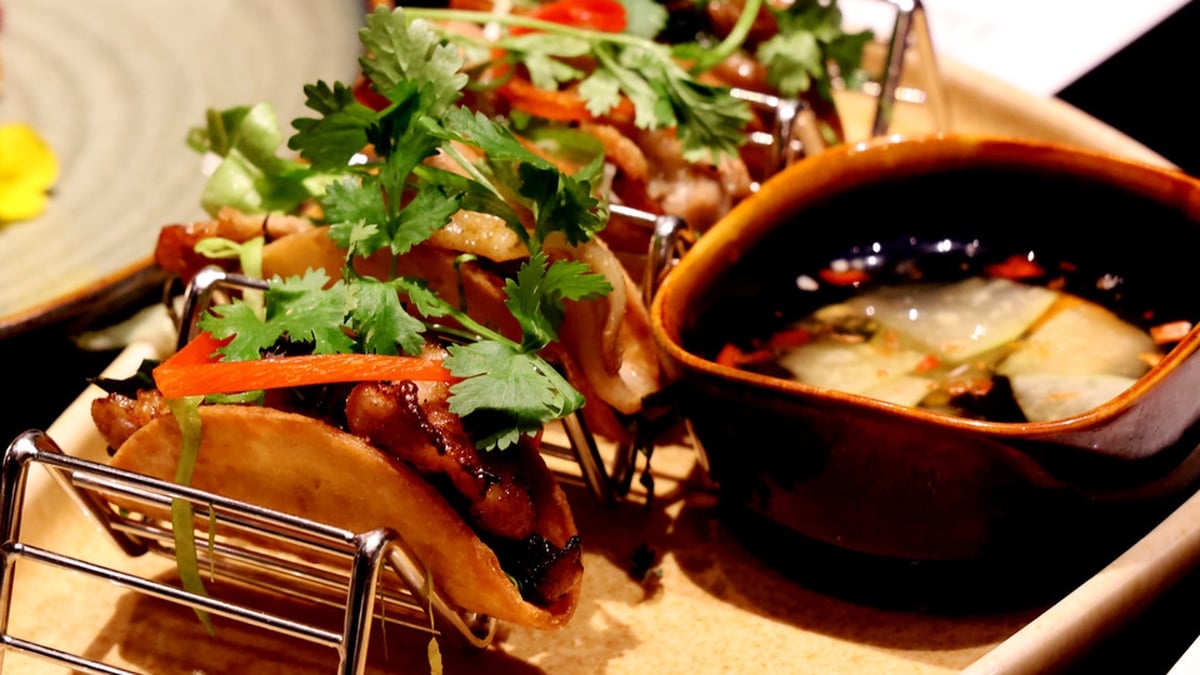



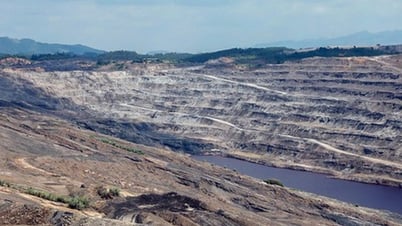

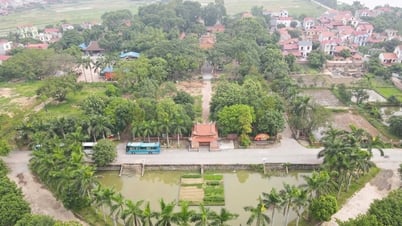









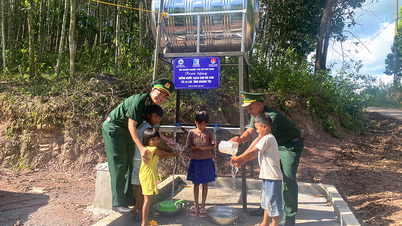





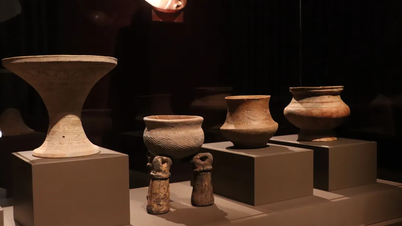

![[Maritime News] More than 80% of global container shipping capacity is in the hands of MSC and major shipping alliances](https://vphoto.vietnam.vn/thumb/402x226/vietnam/resource/IMAGE/2025/7/16/6b4d586c984b4cbf8c5680352b9eaeb0)



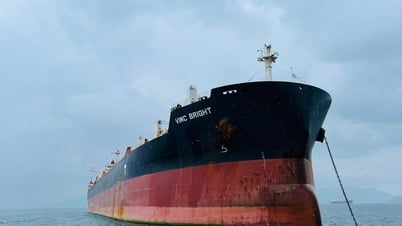
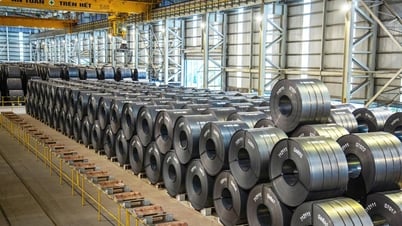






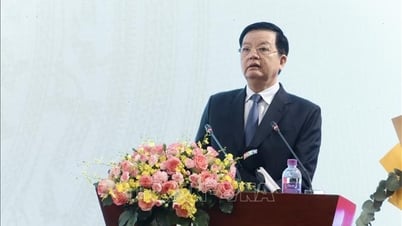


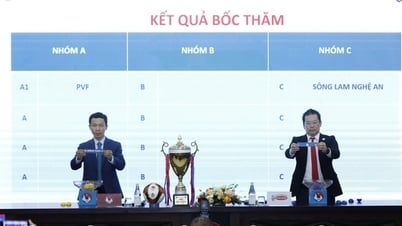
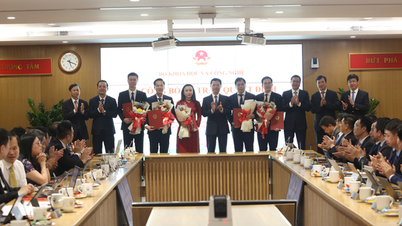


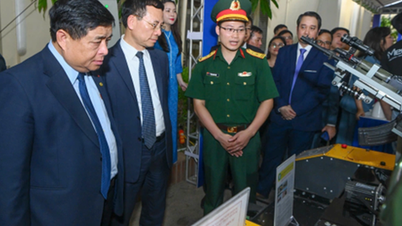
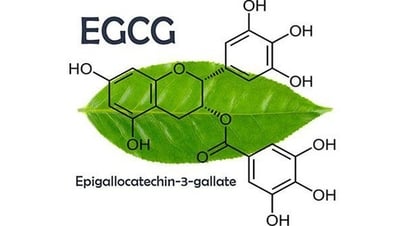









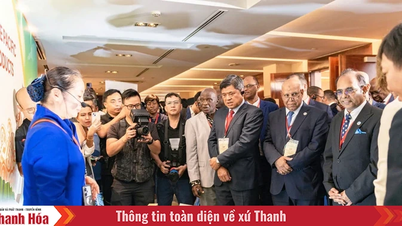

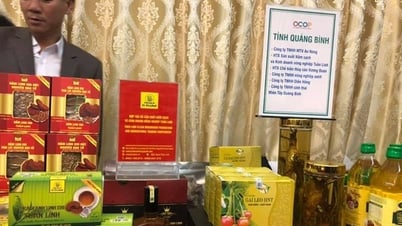








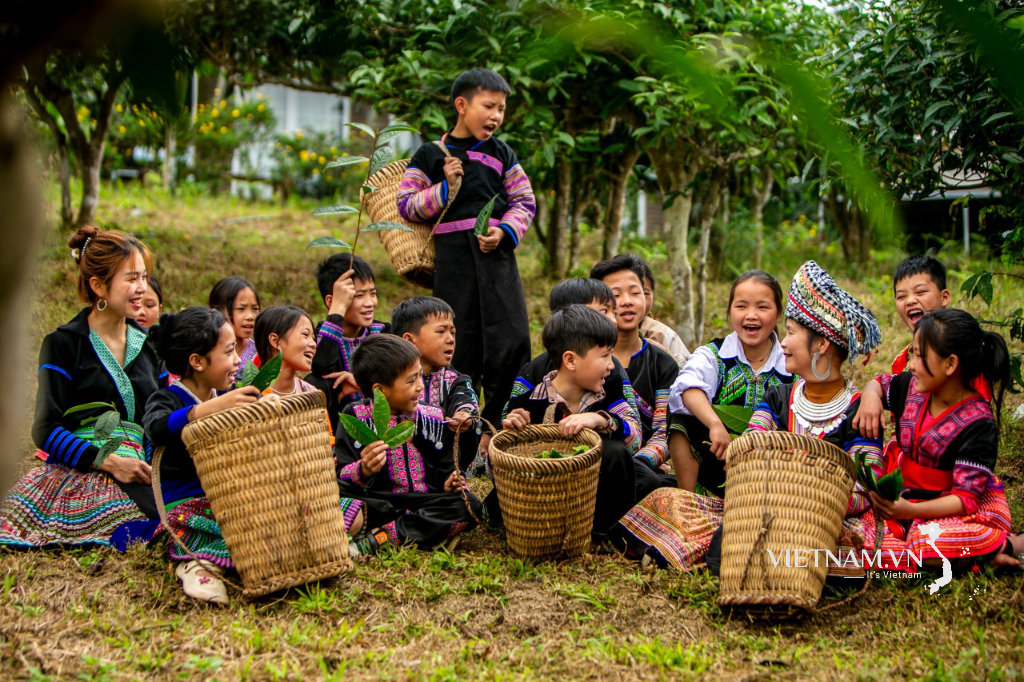
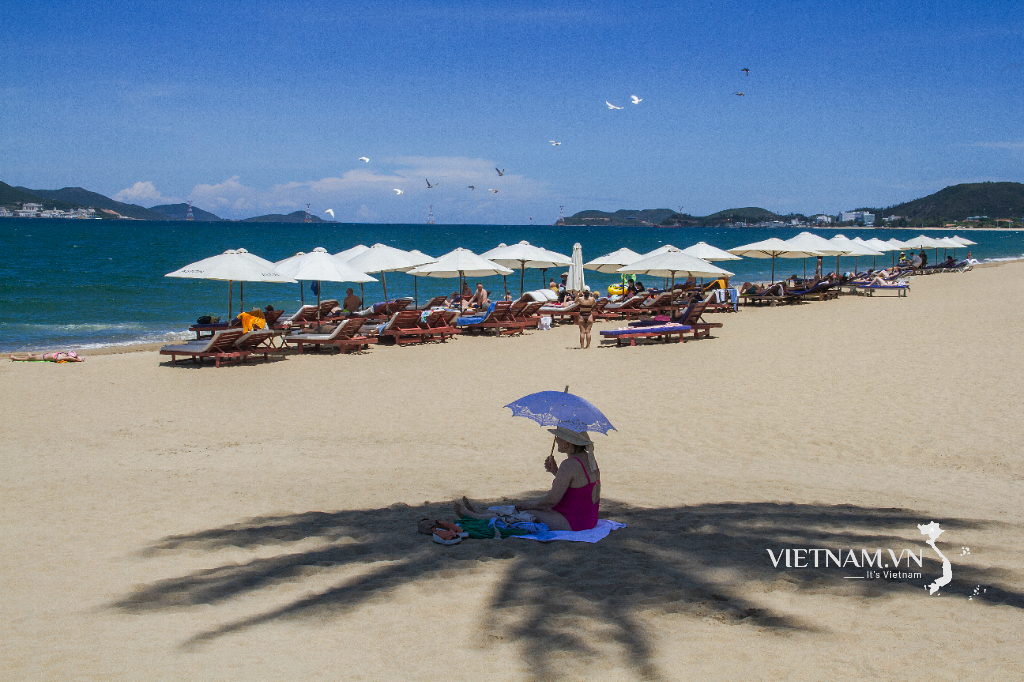
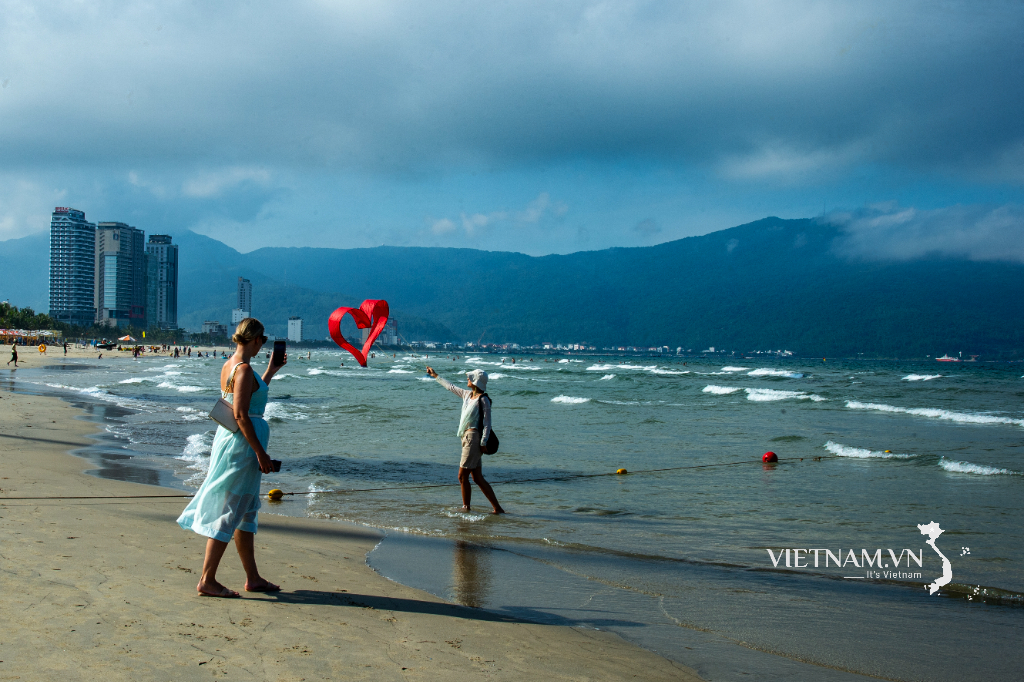

Comment (0)